Digital Billboards Arrive at Urbana’s Doorstep
At the December 18th, 2014 meeting of the Urbana Planning Commission representatives of Adams Outdoor Advertising sign company presented their request to alter the city’s sign ordinance to allow them to erect OASS Electronic Display billboards [OASS – Outdoor Advertising Sign Structure] and wall displays in Urbana.
While as a Home Rule self governing municipality, Urbana was able to write an industry standard, Constitutionally sound update to its own sign ordinance in 2006, which set City standards for the erection and operation of the City’s outdoor billboards, Adams Outdoor offered its own language for allowing digital billboards within the city limits.
Visual Blight of the Urban Landscape
The erection of digitalized, LED illuminated billboards stand in full opposition to the city’s expenditure of thousands of dollars at streetscape beautification.
Urbana has spent hundreds of thousands of dollars of IDOT, State and TIF District funds to beautify its city streets. The Cunningham Avenue, University Avenue, and Broadway Avenue Beautification Plans were adopted by the city over the past 10 years to plan for and promote the beautification of our main arterial streets. These beautification plans include extensive parkway landscaping with attractive screening walls and landscaping to improve the visual appearance of the urban streetscape. Public art has been added to city streets to add further visual interest to our urban environment.
Why do we now consider erecting digital billboards on our streets and highways?

Figure 1. Billboards are a visual blight to the urban environment (Chicago)
Advertising Industry Corporate Profit is the Motive
Digital display billboards bring in 6–10 times the income of traditional billboards because the company can sell the same space multiple times. These facts benefit the advertiser but the city sees no actual income from these signs. One billboard may generate tens of thousands of dollars a month for the advertiser.
Digital Billboards Enrich the Advertising Monopoly, but Does the City of Urbana Benefit from Allowing Digital Billboards?
No.
• No Property Tax. The advertiser erects its signs on other people’s property. It rents or leases the property use from the owner. This does not contribute any property taxes to the community.
• No Sales Tax. The ads are contracted and administered out-of-state. They are not selling a commodity that contributes directly to local sales tax. If a local business sees an increase in their sales due to the advertisement, Urbana might get additional sales tax revenue—only if the business is actually located in Urbana. Local advertising is often placed by national chain stores from regional offices and may promote stores located in other cities.
• No Job Creation. No workers would be employed to place or maintain digital advertisements. Workers do not physically change digital billboards, as is done for traditional paper of vinyl message billboards. Ad posting is done electronically. The corporate headquarters of Adams Outdoor Advertising is in Georgia: 500 Colonial Center Parkway, Suite 120, Roswell, GA 30076. Its local sales office is located in Champaign: 1711 Dobbins Drive, Champaign, IL 61821.
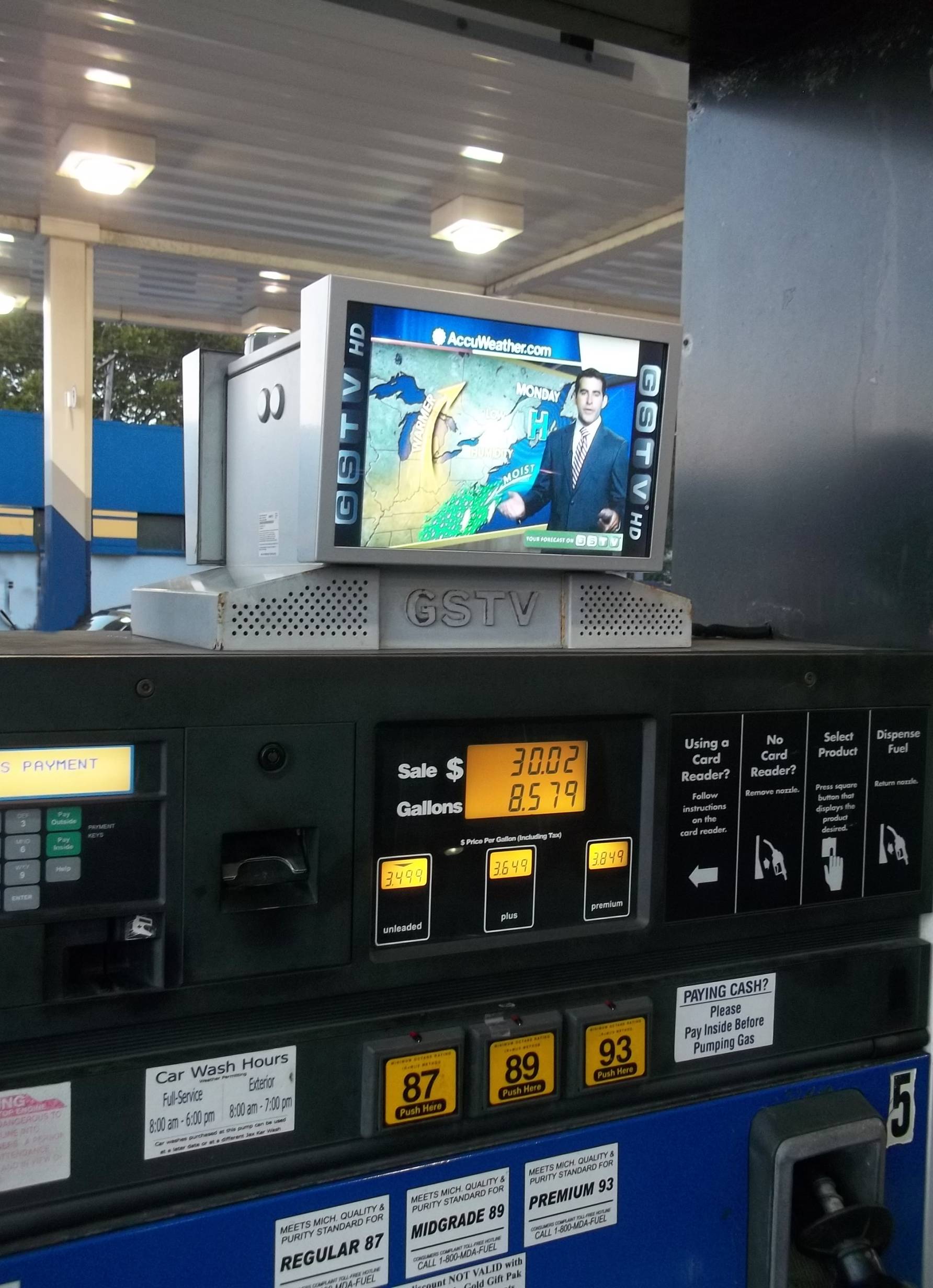
Figure 2. Messaging overload–even at the gas pump.
The City of Urbana Is Not Obligated to Allow Digitalized Billboards within City Limits.
It is the outdoor advertising business monopoly* that wants to erect these billboards in Urbana to expand its sales base. Urbana has a desire to preserve a higher quality of life, which does not include digital display billboards changing every10 seconds along the roadsides. Corporate profit should not outweigh public good.
(*Adams Outdoors bought out all the signs owned by Redfish Advertising in 2006 and controls the outdoor advertising market.)
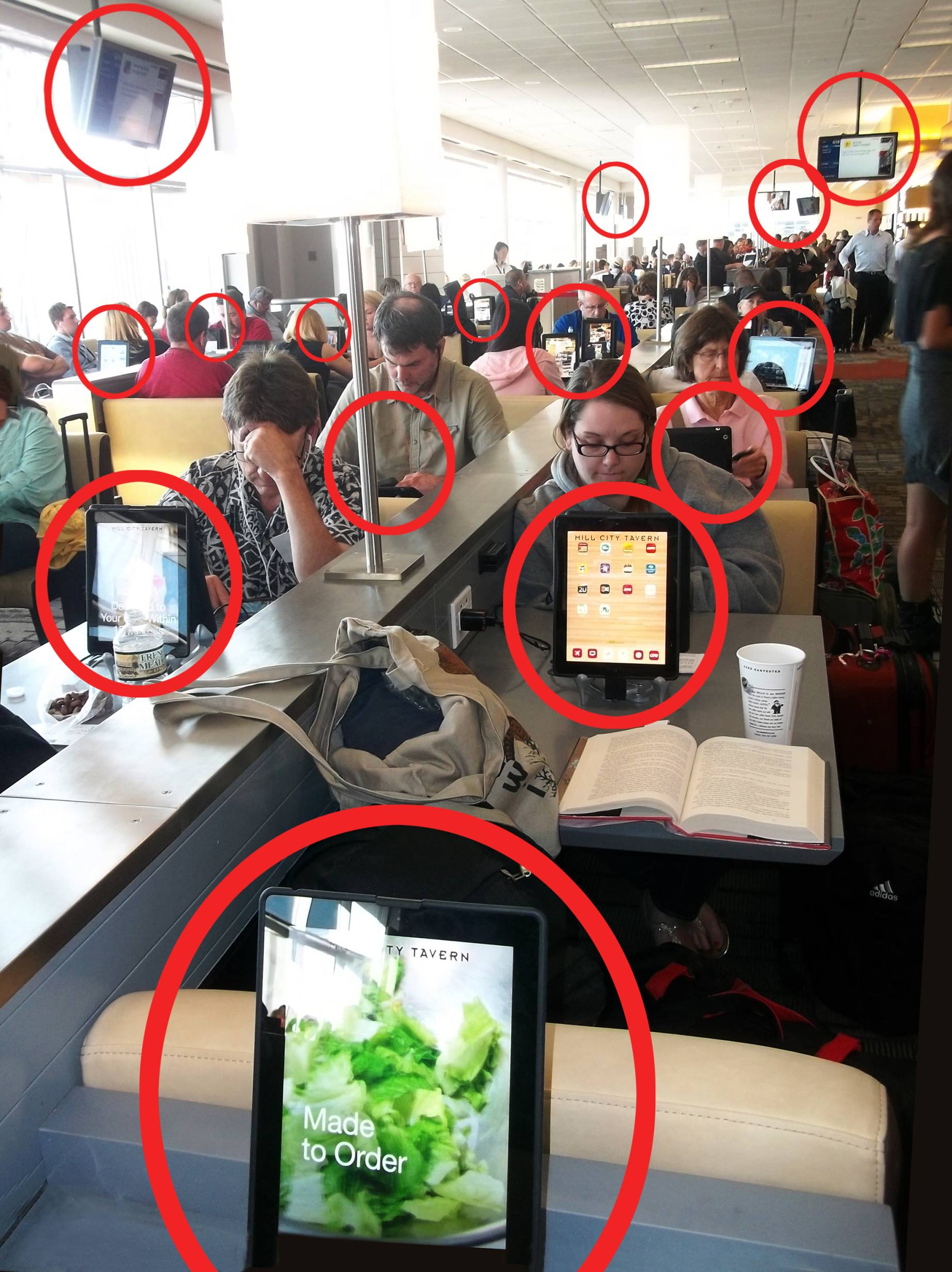
Figure 3. Our lives are over digitalized (airport waiting area).
Are Electronic Signs Especially Designed to Be Attention Getting?
Digital screens are popping up everywhere. Have you ever tried NOT to watch a flat screen TV mounted in a restaurant or public waiting area?
“Nothing’s as eye-catching as an electronic LED display.
The brightly-lit text and graphics can be seen from hundreds of
feet away, drawing the attention of everyone within view.”•
(•Voiceover narration of TransLux promotional video marketing text)
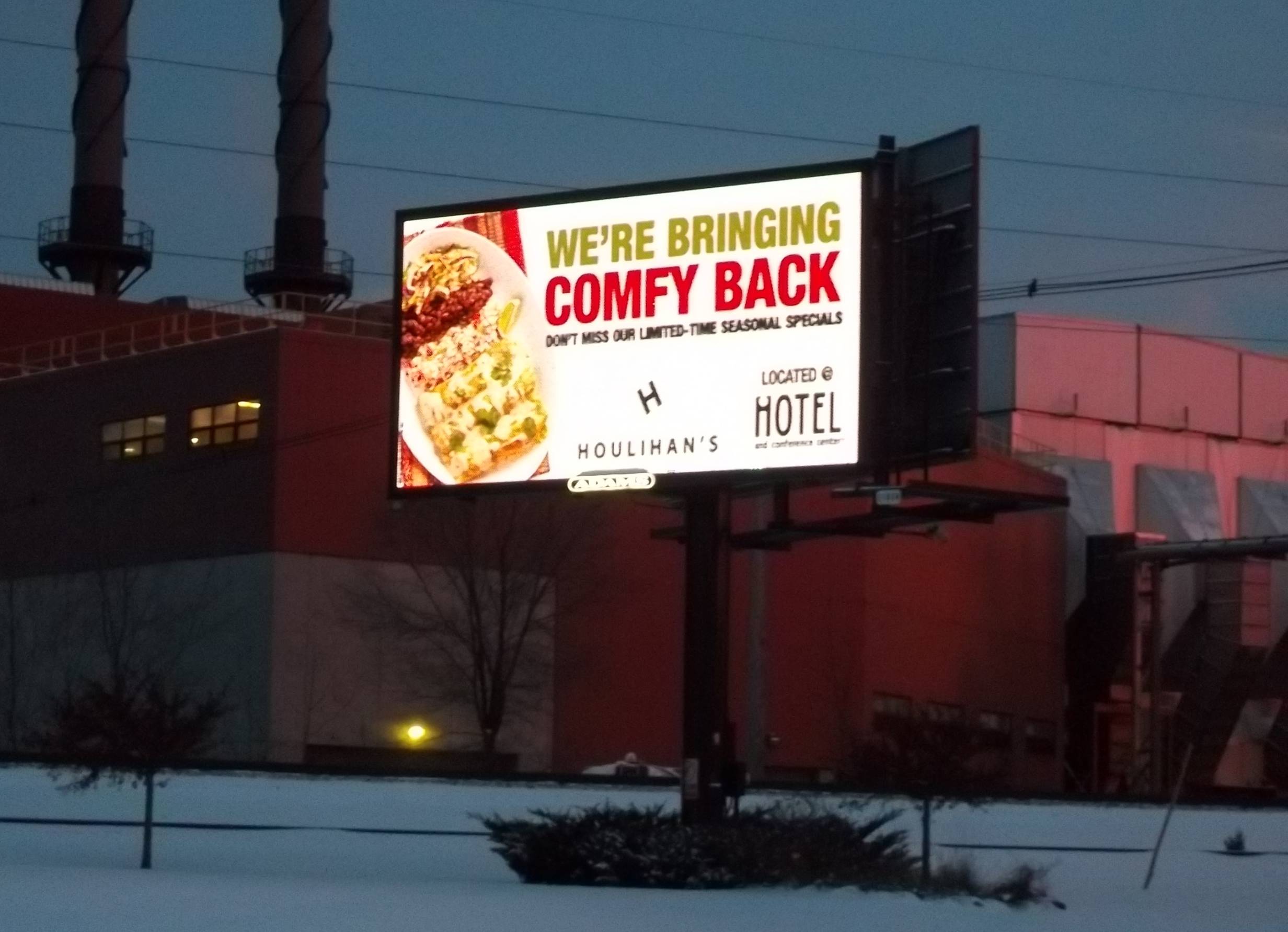
Figure 4. Digital billboards are intended to “capture” your eye, and create a driving distraction (S. Neil St., Champaign).
Digital Billboards Affect Public Safety and Promote Distracted Driving
Numerous studies have concluded visual distractions along the highway can contribute significantly to traffic accidents and driver/pedestrian fatalities.
Among them are:
April 2006, National Highway Traffic Safety Administration, U.S. Department of Transportation
A major study of driver inattention, primarily involving distractions inside the car, but finding that any distraction of over two seconds is a potential cause of crashes and near crashes.
Traffic Safety Evaluation of Video Advertising Signs
Transportation Research Record: Journal of the Transportation Research Board, No. 1937, 2005
A study of electronic signs in Toronto, which finds that “On the basis of the eye fixation study and the pubic survey data, it is apparent that video advertising can distract drivers inappropriately and lead to individual crashes.”
September 2001, Federal Highway Administration, U.S. Department of Transportation
A summary of existing research (as of 2001), on the subject of the safety of electronic signs and a call for additional studies.
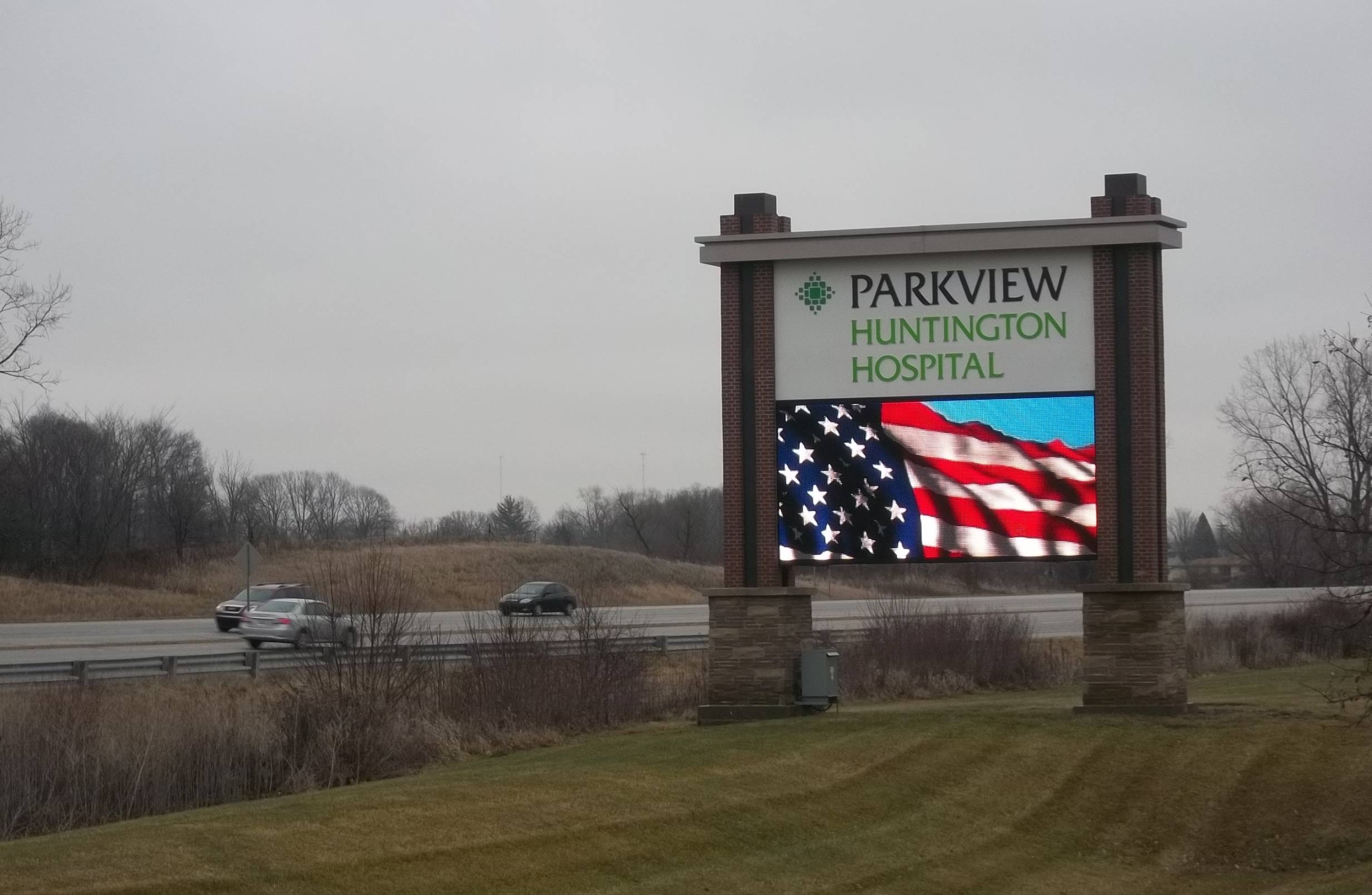
Figure 5. Motion added to digital displays is doubly distracting (Rt. 24, Indiana).
The Two Second Rule: What Every Community Should Know
Scenic Michigan
An analysis of factors that make drivers likely to look at an electronic sign for more than two seconds at a time, and therefore put themselves and others at risk.
What factors make drivers likely to look at an electronic sign for more than two seconds at a time, and put themselves and others at risk?
- They are extremely bright and are designed to be visible in bright sunlight and at night. The eye is drawn to them far more strongly than to traditional illuminated billboards. They are designed to be eye catching, and they are.
- They can be seen from great distances, even as far away as six tenths of a mile, making them distracting even before they begin to communicate their messages.
- The images rotate every 6–10 seconds and drivers will naturally look at the sign long enough to see what comes up next. There may be as many as 10 messages in the rotation.
- The Florida Department of Transportation’s official position is that it takes a minimum of six seconds to comprehend the message on an electronic billboard, which is already three times the safe period for driver distraction.
- Because the messages change daily or even hourly, even commuters who pass by the signs every day will look to see what’s new. Traditional signs become visual background noise for local drivers, and thus have less safety impact; but electronic signs never blend into the background.
- Younger drivers may be more easily distracted by electronic media, and older drivers may require longer viewing times to comprehend often confusing, elaborate, and colorful images.
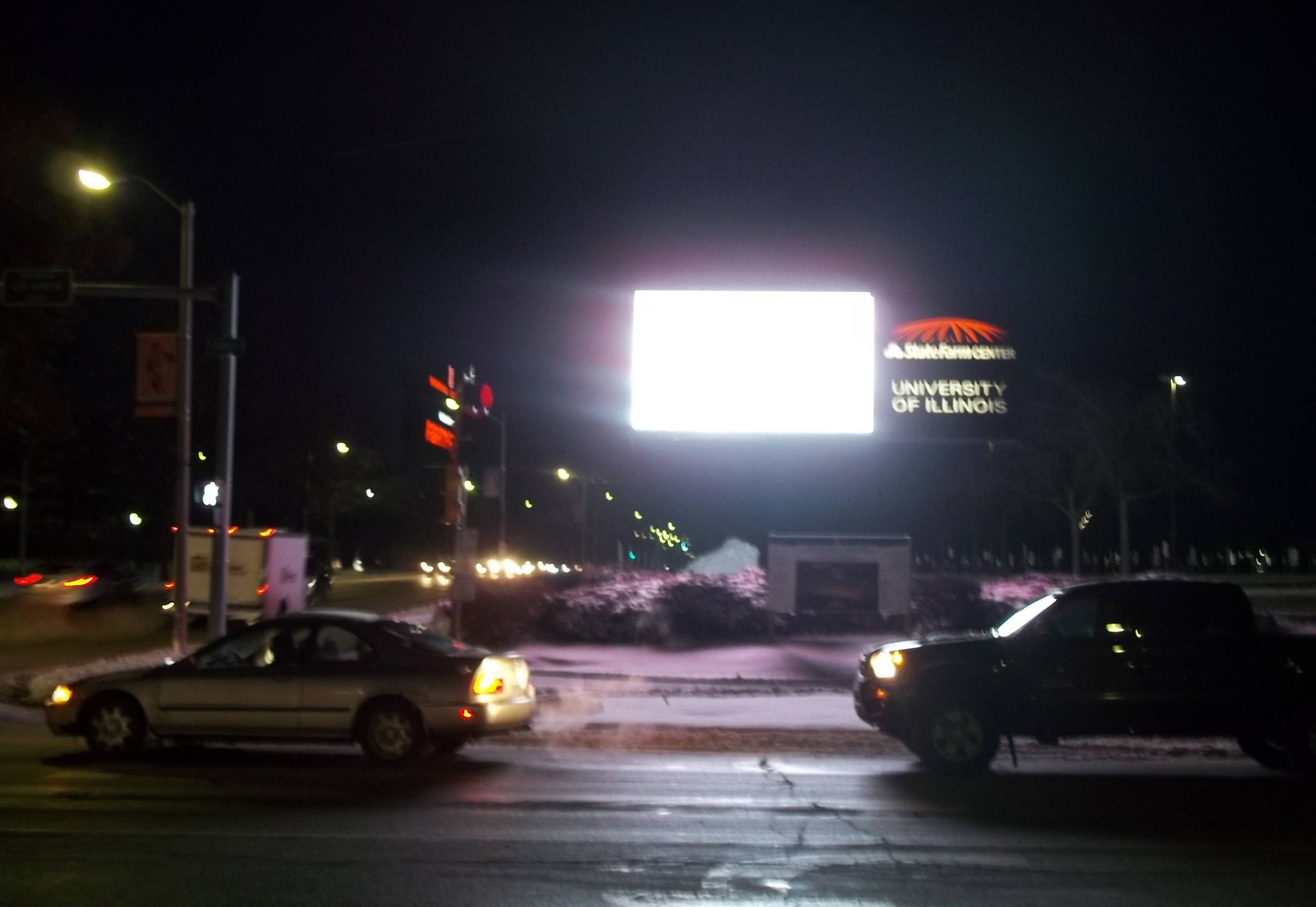
Figure 6. The digital billboard at the Assembly Hall assaults the eye (U of I campus).
Milwaukee County Stadium Variable Message Sign Study: Impacts of an Advertising Variable Message Sign on Freeway Traffic
December 1994, Wisconsin Department of Transportation
Study of the dangers posed by an electronic sign in Milwaukee along I94, that concluded that “It is obvious that the variable message sign has had an effect on traffic, most notably in the increase of the side swipe crash rate.”
Clearly there is sufficient data supporting the risk of distraction and “eye capture” while driving. These studies provide documentation that indicate this risk should be taken as a serious public safety concern.
Following a Study of the Effect of Digital Billboards, the Swedish Government Ordered the Removal of All Digital Billboards from Their Roadways.
The Swedish government had given temporary authorization to erect digital billboards in 2009, but as a result of this and related studies the government ordered the removal of all digital billboards:
Swedish Study Shows Digital Billboards Distract Drivers
July 8, 2012, Traffic Injury Prevention
The study, conducted by researchers at the Swedish National Road and Transport Research Institute and funded by the Swedish Transport Administration, found that drivers looked at digital billboards significantly longer than they did at other signs on the same stretch of road, [and]… 80 percent of all crashes involved driver inattention just prior to (within 3 seconds) of the crash. The Swedish study’s authors reasoned that it’s not surprising that digital billboards attract greater attention from drivers: the signs are brighter, visible from greater distances, and display a constantly-changing series of advertisements.
They concluded that digital billboards “have the potential ability to keep up the driver’s curiosity over an extended period of time.” Previous human behavior studies have shown that drivers are hardwired to notice bright, changing lights in their peripheral vision and to anticipate additional motion.
Download the Swedish study’s abstract here.
Fashion Outlets of Chicago: Visual Hell on the Highway
This section of I-294 just South of the exit to O’Hare International Airport, in Rosemont, IL, represents wall-sized tall, highway-sized long digital display panels. Adams Outdoor proposed ordinance includes “free standing and wall OASS.” This apparently is the digital future? Is this the direction we want to go?
(Here’s a link to the video presentation.)
An Invasion of Personal Space
Citizens are already inundated with an excess of electronic information. However, the use of digitalized personal devices enables the citizen to monitor and control their impact. Digital Billboards impose their presence and the individual has no control over its affect on their privacy, their personal space, or their environment. The billboard is an enlarged commercial equivalent to a “pop up” ad on a web site, or an automated text message. Unlike your cell phone, computer, or television, you have no control over having to view a digital billboard along the roadside, and you cannot turn it off.
Billboard Industry “Public Service” Red Herrings:
“Public service” is the dazzling bait to set the hook for digital billboards in Urbana” — Scotty Dossett, HEUNA resident
“Digital Billboards Will Help Notify the Community of Terrorist Threats and National Alerts”
Citizens already have access to news 24/7. Billboards need not be used for crime news broadcasts or so called “Amber Alerts.” It is contrary to public and pedestrian safety to draw driver attention off the road to read and digest the latest alert information that is easily available on the car radio or a passenger’s cell phone AP. These sources provide ample media access for late breaking news. Many posted alerts are for activities that are miles away, even states away from the local community. The continuing affect of posting “Amber Alert” announcements has been criticized in the press as a form of public thought control through engendering fear and anxiety.
Digital Billboards Serve the Community by Posting Non-profit Institution Events, and Public Art
Supporting public art is indeed admirable. But is this the justification which should sway the City Council to allow digital billboards in the community? Do public service announcements outweigh the legitimate safety concern over the very real possibility of accidents caused by distracted driving?
Adams the Outdoor Advertising Co. and Free Speech
Since 1981 the outdoor advertising industry has protected its right to erect billboards in any community as part of the right of speech guaranteed by the First Amendment.*
(*Metromedia, Inc. v. City of San Diego, 453 U.S. 490, 500 (1981), etc.)
Yet on AOA’s national web site Adams Outdoor details a recent case in Charlotte, South Carolina, where “public dialogue resulting from the designs” submitted by one community group caused the sign company to pull the billboards. The group was the American Atheists organization*. AOA’s news article:
The American Atheists Billboards
Posted: 08/23/12
The public dialogue resulting from the designs in question has given us pause . . Though we maintain the right to freedom of expression, that expression must be tempered with sensitivity.
The American Atheists message of the billboards in question in South Carolina and Tennessee may have been thought outrageous by some, but the resulting censorship based on anonymous threats from disagreeing members of the community undermine the billboard industry’s claim to defend Free Speech equally. Billboard companies are quick to claim they provide a Free Speech medium under the First Amendment, yet they apparently retain the right to evaluate (“temper with sensitivity”) which Free Speech is ultimately considered appropriate on their billboards.
Community Members Who Have Spoken Out on This Important Topic (News-Gazette article):
“No Digital Billboards in Urbana” — by Patrick Wade, The News-Gazette article dated
Tuesday, October 29, 2013:Mayor Laurel Prussing: “I think you’ll get more advertising, not less. And I think it’s being sold as reducing the clutter; I think it’s going to add clutter.”
Alderman Dennis Roberts, D-Ward 5: “It is an unnecessary intrusion of technology and messaging into people’s lives. When we don’t have an option of turning it off to protect our personal space, I think it becomes a public issue.”
University of Illinois Professor Clark Bullard: “We don’t have to ape Champaign in everything Champaign does.”
Cinema Gallery owner Carolyn Baxley: “Urbana prides itself in the way it looks, particularly the downtown area. I don’t think that, aesthetically, they belong in Urbana,”
The request to allow digital billboards came from Adams Outdoor Advertising, which said the businesses that use their billboards cannot reach Urbana consumers. Urbana does not allow digital billboards, but Champaign does. Council members mustered three votes to direct city administrators to draw up rules to allow digital billboards, but with one council member absent, the 3-3 tie was not enough to move forward. Even if the absent council member, Michael P. Madigan, were to vote “yes,” it is likely that Mayor Laurel Prussing would veto the zoning amendment. City council members would need five votes to override that veto. (The News-Gazette)
Please Weigh In on Digital Billboards
Watch the presentations before the Urbana Planning Commission Meeting on December 15, 2014, and January 8, 2015, 7:30 p.m., in the City Council Chambers, via UPTV.
Follow the Conversation.
Contact your City Council Representative to express your views. Follow the issue as it comes before the Urbana City Council early in 2015.
Planning Case No. 2242-T-14.
A request by the Urbana Zoning Administrator to amend Articles IX and XI of the Urbana Zoning Ordinance to establish regulations for Digital Outdoor Advertising Sign Structures.
The problem (with billboards) as stated by Ogden Nash:
I think that I shall never see
A billboard lovely as a tree,
Perhaps unless the billboard fall,
I’ll never see a tree at all.
Protect Urbana’s Visual Environment — Just Say “NO” to Digital Billboards!








